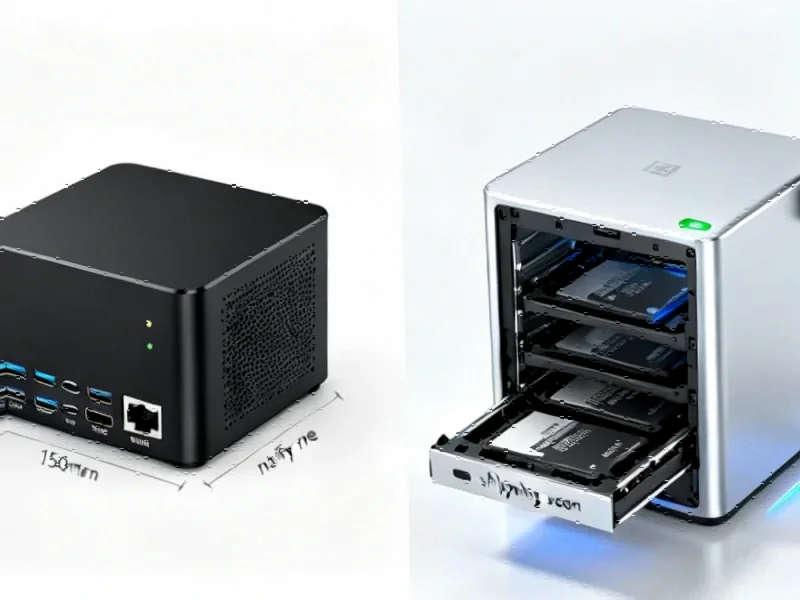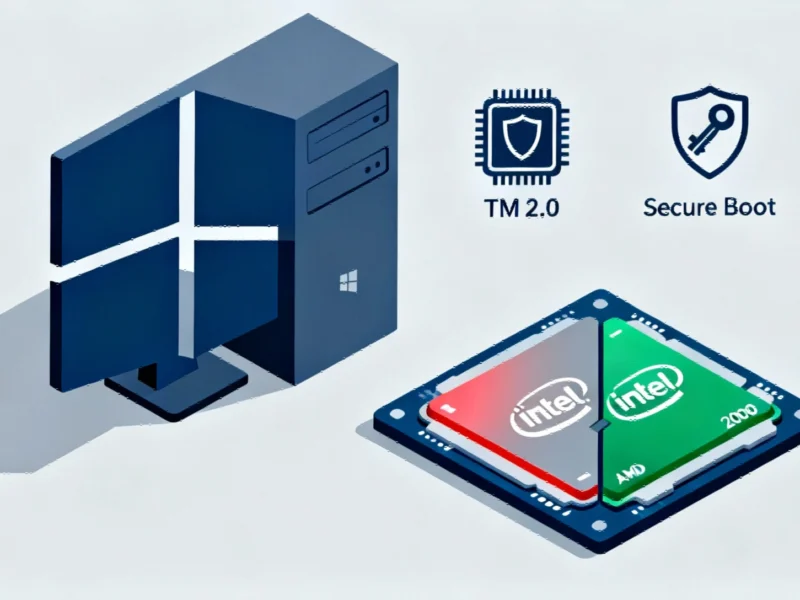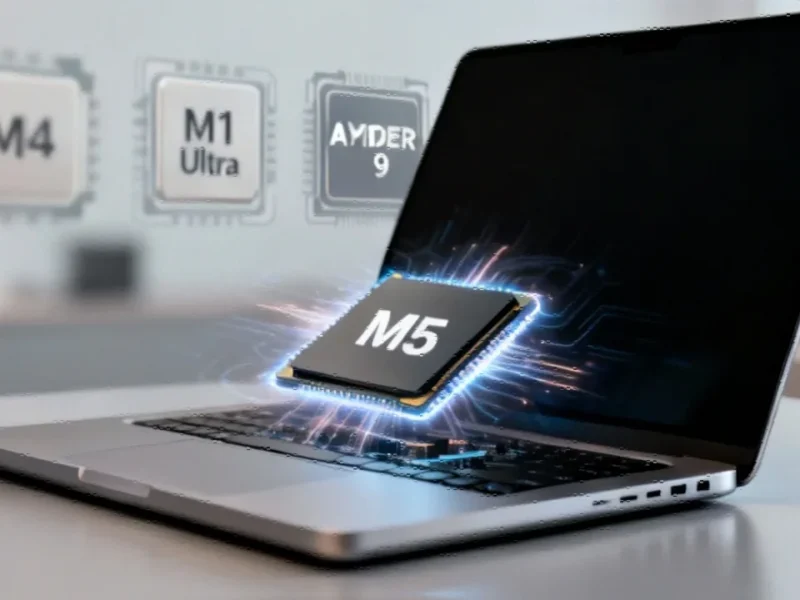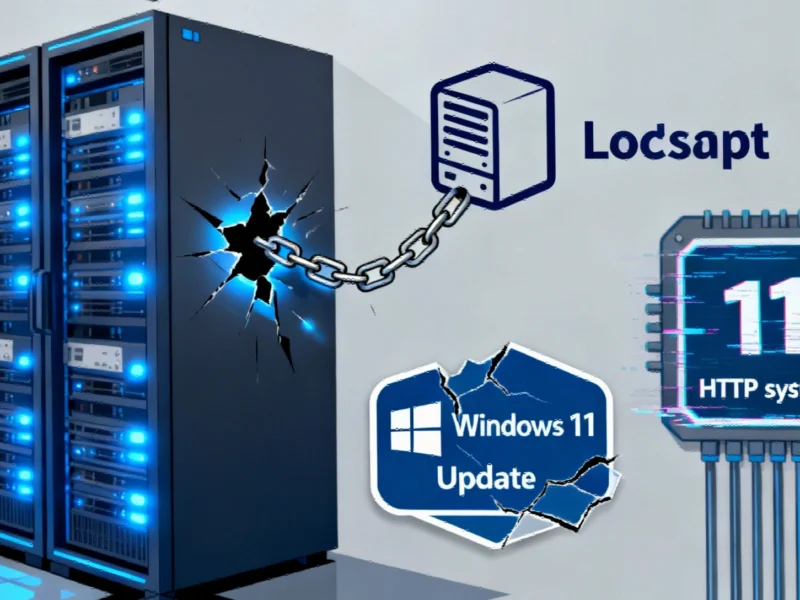AI Workstation Availability Divide
Computer manufacturers are racing to deliver the first desktop workstations powered by Nvidia’s revolutionary Grace Blackwell GB10 Superchip, but availability varies dramatically between leading brands. According to reports, Asus has begun shipping its Ascent GX10 AI-focused desktop to customers, while Dell‘s competing Pro Max GB10 system remains unavailable with no confirmed shipping date.
Asus Gains Early Market Advantage
Industry analysts suggest Asus has secured a significant competitive edge by bringing its Blackwell-based system to market first. The Asus Ascent GX10 is currently available for order through retailer Viperatech at $4,100 with promised shipping within ten days. Sources indicate this early availability could capture developers and researchers eager to experiment with Nvidia‘s latest architecture without waiting for competing systems.
“For developers eager to experiment with large AI models, Asus offers one of the few ready-to-ship systems based on Nvidia’s latest architecture,” the report states regarding the current market landscape.
Dell’s Delayed Entry
Meanwhile, Dell’s Pro Max GB10 workstation continues to show a “notify me when available” status on the company’s website, with no indication of when orders might be fulfilled. The delayed availability reportedly puts Dell at a disadvantage in capturing early adopters in the AI development space. Potential customers can register for updates through Dell’s product notification system but cannot currently purchase the system.
Blackwell Architecture Breakthrough
Both systems are built around Nvidia’s groundbreaking GB10 Superchip, which represents a significant leap in computing architecture. The chip merges CPU and GPU resources into a single unit and delivers up to one petaflop of FP4 computing performance, according to technical specifications.
Analysts suggest this level of performance, previously available only in data center environments, could revolutionize how researchers and developers work with large AI models. The systems reportedly support models with up to 200 billion parameters, a scale once limited to large server clusters.
Technical Specifications and Capabilities
The Asus Ascent GX10 packs enterprise-level computing into a remarkably compact form factor. Measuring only 150mm square and 51mm tall while weighing 1.48kg, the system features advanced thermal management to maintain performance under heavy computational loads.
Key specifications include 128GB of LPDDR5x unified memory and storage options ranging from 1TB PCIe 4.0 NVMe SSDs to 4TB PCIe 5.0 drives. Connectivity features Wi-Fi 7, Bluetooth 5, and 10G Ethernet, while ports include multiple USB 3.2 Gen 2×2 Type-C ports with one supporting 180W power delivery.
The system’s expansion capabilities are particularly noteworthy, with support for dual-system stacking through Nvidia’s ConnectX-7 networking and NVLink-C2C interface, allowing for local compute expansion that analysts suggest could benefit research teams requiring scalable resources.
Market Context and Competition
The emergence of these AI-focused workstations comes amid broader industry developments in high-performance computing. Other manufacturers including Acer are also developing systems based on the same GB10 hardware, indicating growing competition in the AI workstation segment.
This development in computing hardware aligns with related innovations across technology sectors and reflects market trends toward specialized computing solutions. The timing of these releases coincides with broader industry shifts and represents what some observers are calling a new era in desktop computing power.
Industry watchers suggest that Asus’s early shipment of the Ascent GX10, available through Viperatech’s product page, could establish an important foothold in the emerging market for AI development workstations, particularly among researchers and developers requiring data center-level performance in a desktop form factor.
This article aggregates information from publicly available sources. All trademarks and copyrights belong to their respective owners.
Note: Featured image is for illustrative purposes only and does not represent any specific product, service, or entity mentioned in this article.



